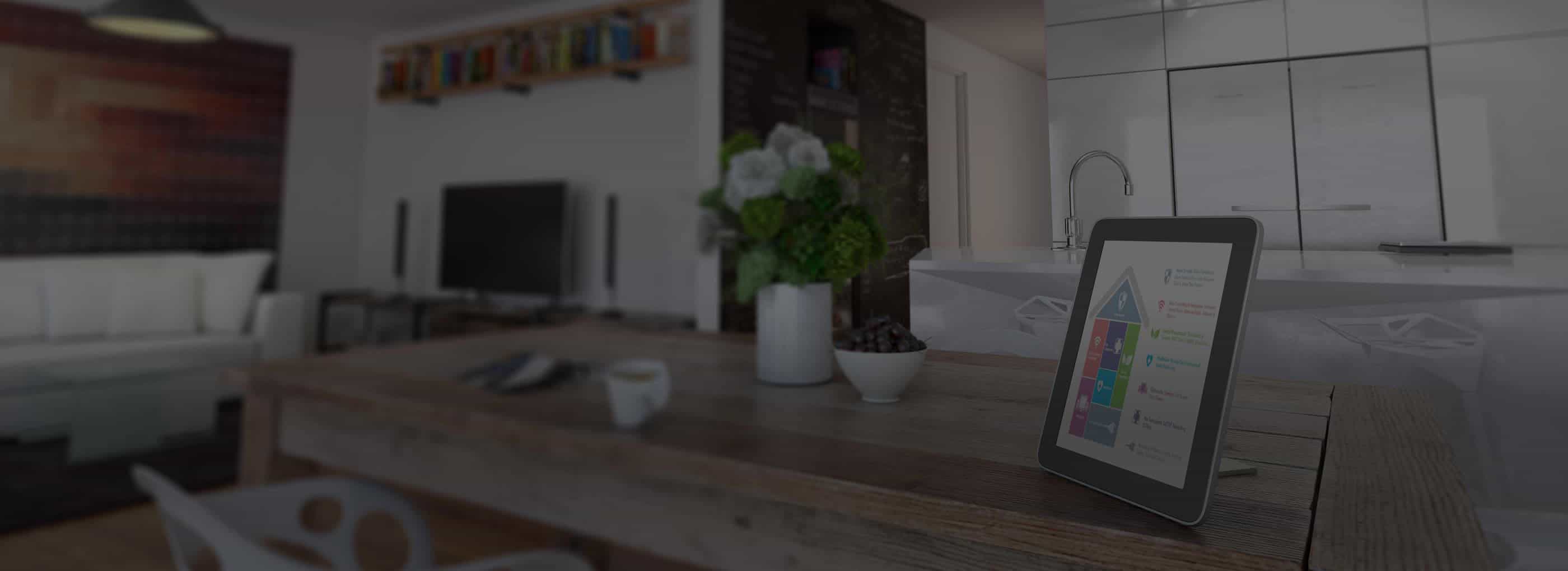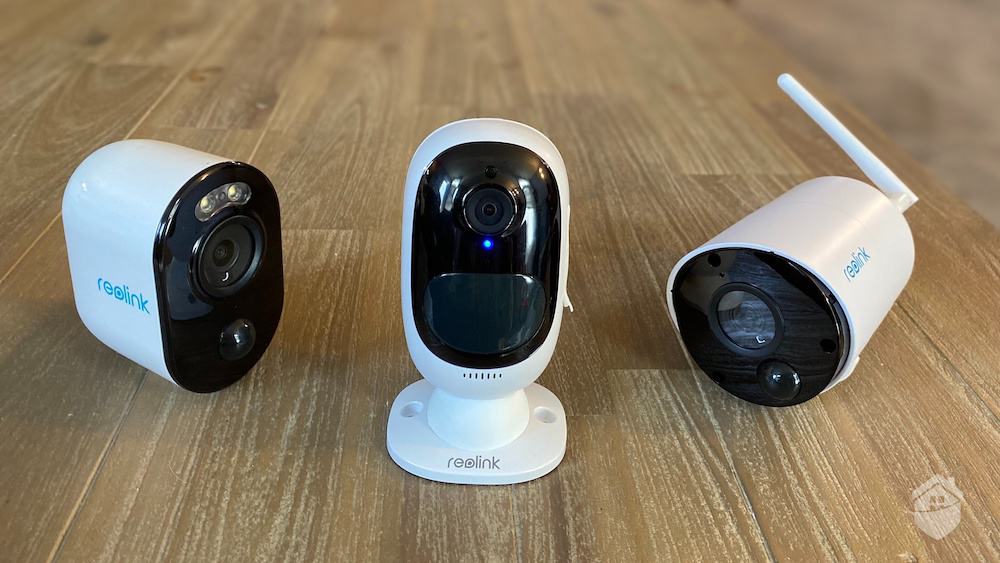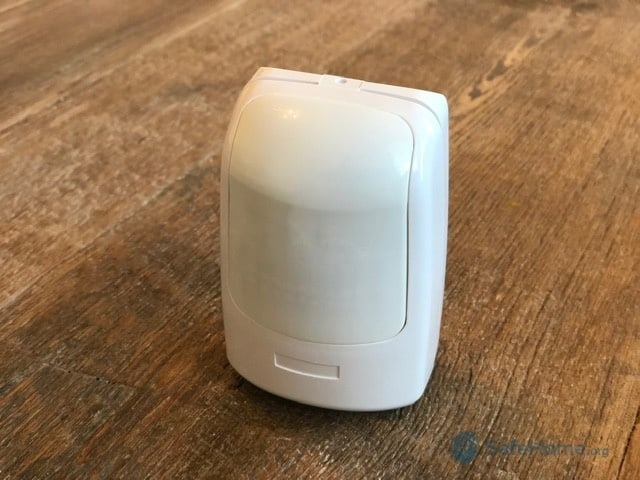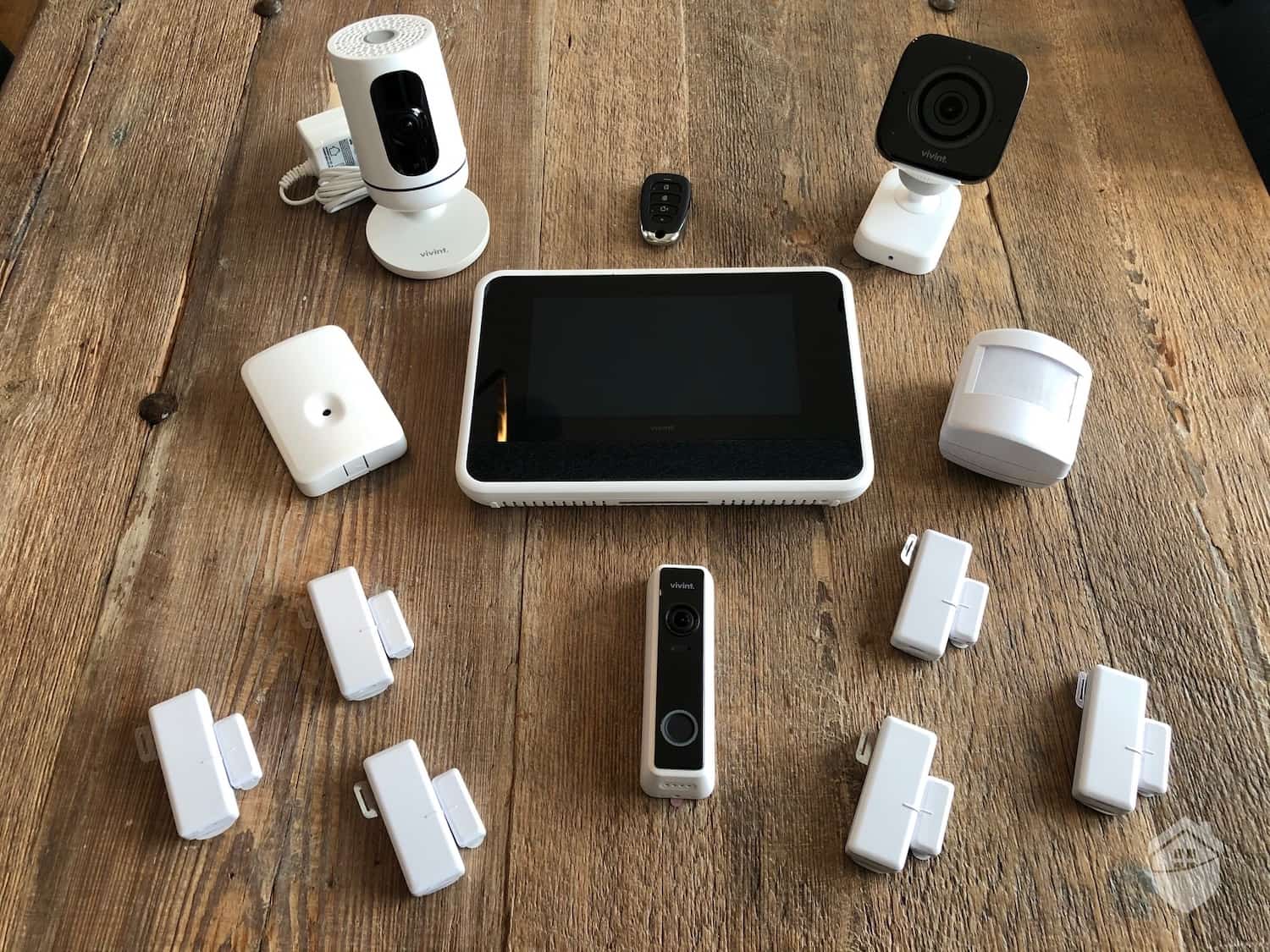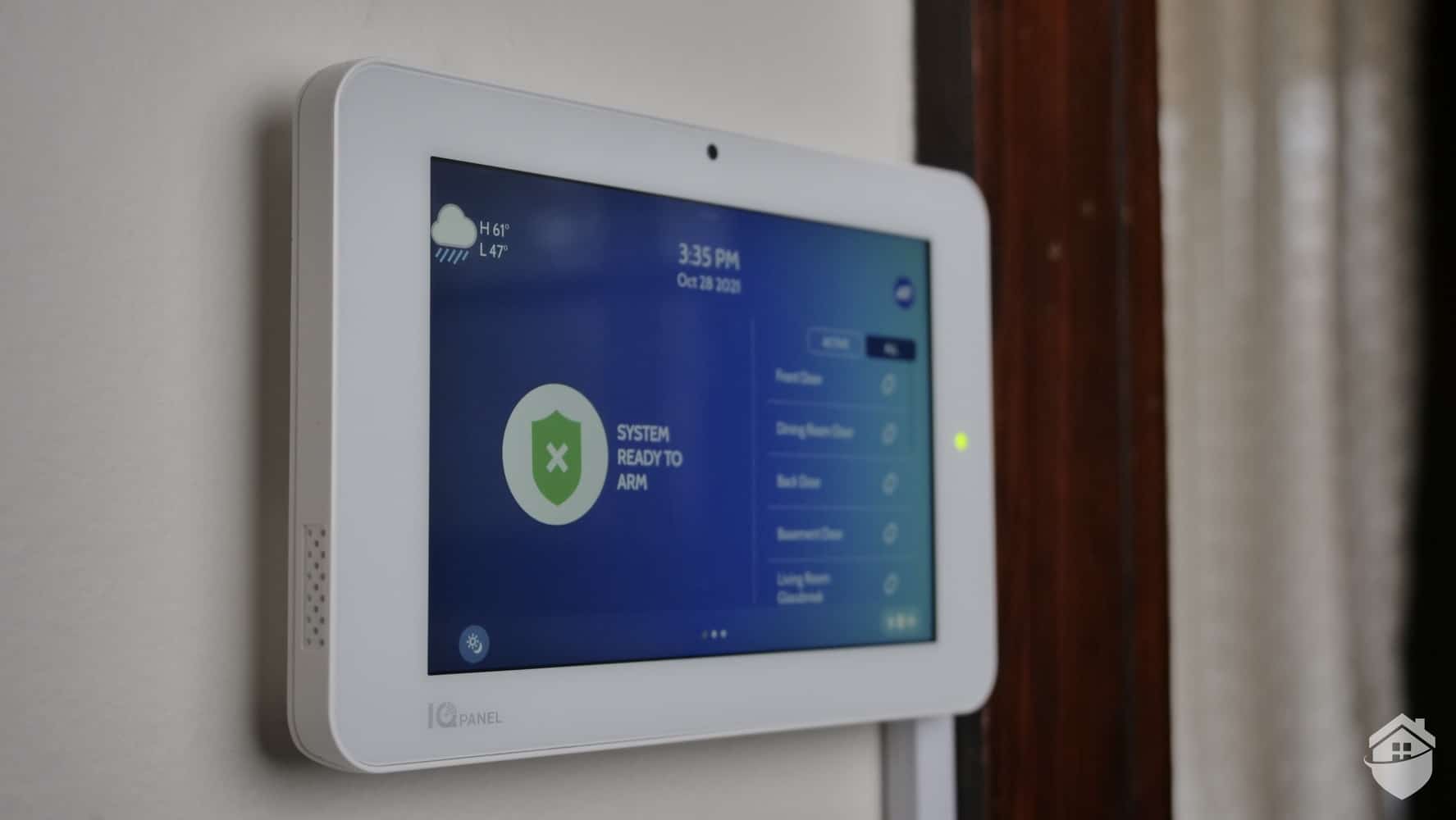Purchasing a home is a big moment in your life. This is where your memories will be made. This is where your kids will grow up. This is where your life is going to happen.
Of course you want to protect it, yourself, and your family.
The best way to do that is with a home security system. But that said, home security systems cost money, and your exact needs are going to determine how long your receipt is going to be.
How much, exactly, is all of this going to cost? Well, there are a lot of factors to consider. What are your exact security needs? Do you want to install it yourself, or have a professional come do it? Do you want to self monitor, or pay for monitoring from your provider? How large is the property, and what features need protection? It’s a lot to consider. We’re going to get to all of that, but the first question we should unpack is about equipment.
What Equipment Will I Need?
The security market is absolutely flooded with gizmos and gadgets, which might be overwhelming if you’re trying to protect a home for the first time. Let’s start our discussion by talking about what a basic home security system should include, and then we can talk about some additional equipment you might be interested in. To get things started, you’ll probably need:
- Entryway sensors. The backbone of any security system, window and door sensors will sound the alarm when an intruder enters your home. Not only does this deter criminals, but it also alerts the homeowner to danger.
- Motion sensors. Once armed in “away” mode, motion sensors will trigger alerts when motion is detected in your home. These are especially effective when mounted near choke points, such as hallways and stairways.
- Floodlights. Similar to motion detectors, floodlights will trigger when movement is detected at night, illuminating the area. Criminals like to work under the cover of darkness, and floodlights eliminate that option.
- Security cameras. If your priority is vigilance, then invest in a solid network of security cameras to keep watch over your property. There are tons of consumer-grade cameras available, so start with our guide to the best security cameras of 2025.
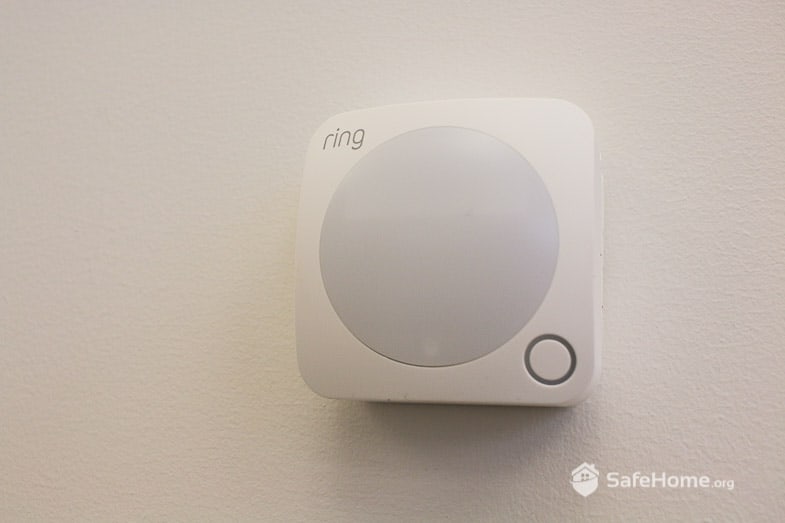
Ring – Motion Sensor
Here’s what you can expect to pay for this equipment. We’re trying to keep things in the general consumer range, but you should expect to pay more if you’re interested in professional or commercial applications.
| Equipment | Low-end cost | High-end cost |
|---|---|---|
| Entryway sensors | $15* | $25* |
| Motion sensors | $20 | $75 |
| Floodlights | $30 | $200 |
| Security cameras | $30 | $500 |
*Often sold in packs of four
For most folks, this might be enough. Some combination of these elements will keep most properties safe and secure. However, there are some additional pieces of equipment to consider, which might include:
- Video doorbells. A video doorbell will keep watch over your home’s entryways and alert you to guests, packages, and unwanted activity. You can read more about our favorites in our roundup of the best video doorbells.
- Glass-break sensors. Glass-break sensors use tiny microphones to detect the sound of breaking glass. Once the security breach is detected, the alert can be sent to authorities and the alarm will sound.
- Panic buttons. These are usually wall-mounted, and summon help immediately when pressed. Panic buttons are good options for households with elderly folks or people who may experience a medical emergency. When seconds count, panic buttons can be lifesavers.
| Equipment | Low-end cost | High-end cost |
|---|---|---|
| Video doorbells | $100 | $400 |
| Glass-break sensors | $30 | $70 |
| Panic buttons | $20* | $300* |
*Expect to pay more for monitoring as well
Got all that? Great. Now that you understand the elements of a home security system, let’s talk about the options you have for installation and monitoring.
How does your home measure up when it comes to security? Take this quiz to see how you score, and get recommendations to protect your home.
Professionally Monitored vs. Self-Monitored Systems
One major differentiating factor in home security systems is whether they’re self-monitored or professionally monitored. Both have pros and cons, and you’ll have to decide between the two based on your needs.
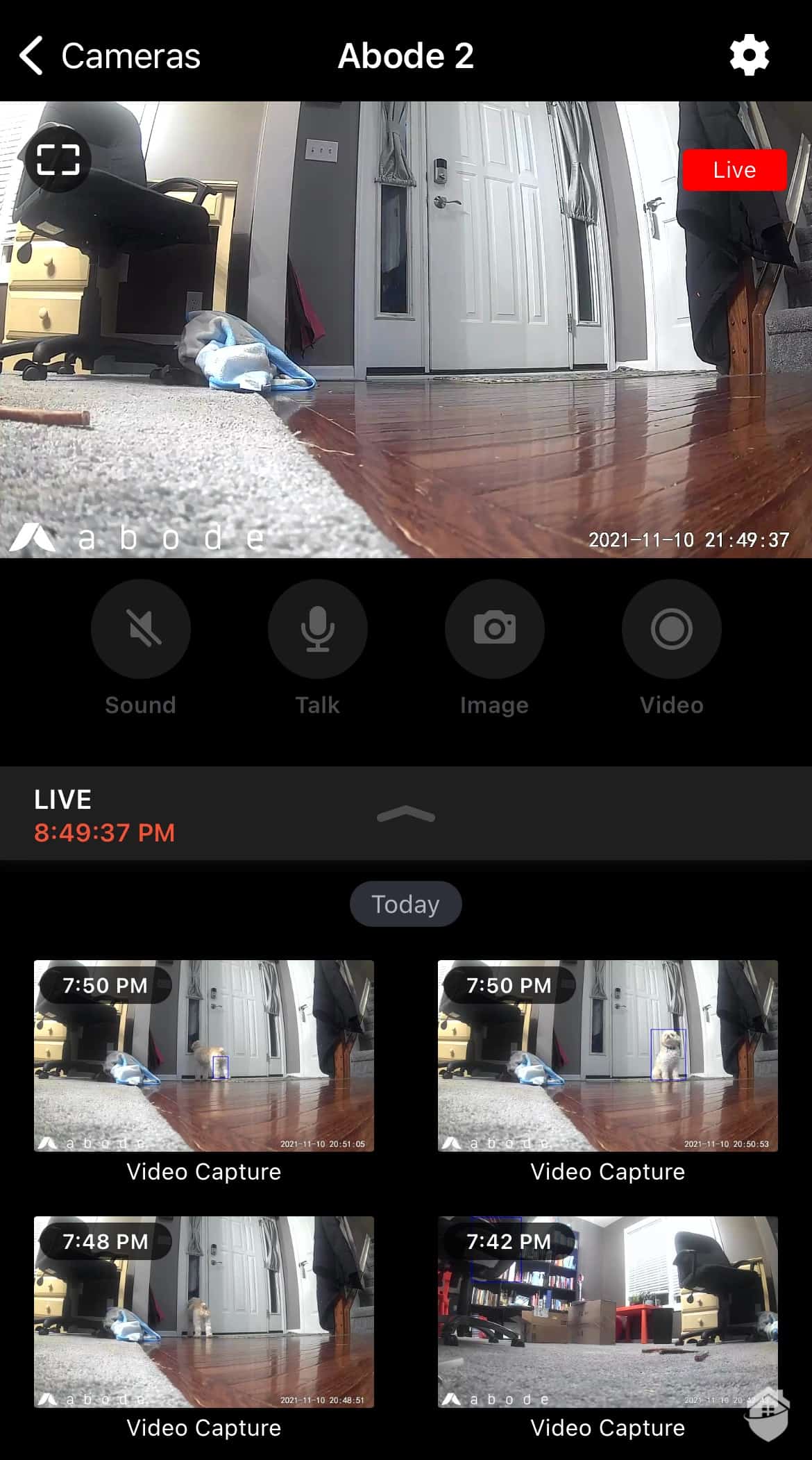
Abode App
Professionally monitored systems offer peace of mind since you’ll always have someone watching out for you. If an alarm triggers or a glass-break detector goes off, then the monitoring company can alert the police.
Pro Tip: On some professionally monitored systems, you’ll have to pay a one-time activation fee. It may cost upwards of $200, so make sure you do your homework before you get hit with an unexpected cost.
The drawback here is that you’ll have to pay a monthly fee for the service. Some providers are affordable and don’t require long-term contracts, but the fee can still add up.
Self-monitored systems take out the middleman, so you’ll be responsible for managing the system and alerting authorities in the event of danger. Some folks like the freedom that provides, and the DIY nature of these systems is appealing to some homeowners.
How appealing? Professionally monitored systems have been waning in popularity. In 2013, 85 percent of home security systems were professionally monitored, but that figure is now down to just 25 percent.
With that in mind, there’s another consideration to make in determining which home security system is right for you.
Are you in the market for a home security system? Please answer this survey to help us better understand consumer shopping habits. View Survey.
Wireless, Wired, or Hybrid?
When you’re out shopping for equipment, one of the things you’ll need to consider is how you want your security system and cameras to be powered. While wireless cameras might look a little sleeker, their hardwired cousins might be more reliable.
Another important consideration is your own level of comfort with DIY projects. Are you handy with a hand drill? Comfortable climbing up a ladder? What about messing with wires and electricity? If these questions made you shudder, you might consider professional installation.
Keep in mind, having a system professionally installed could significantly drive up your prices, but many companies will roll those costs into your monthly payment if you’re signing a contract with them. Some, like Vivint, might even waive the fee entirely.
Pro Tip: If you’re looking to go DIY, then check out our guide to the best wireless home security systems of 2025. There are a lot of options available in this space, so make sure to cover all your needs while staying on budget.
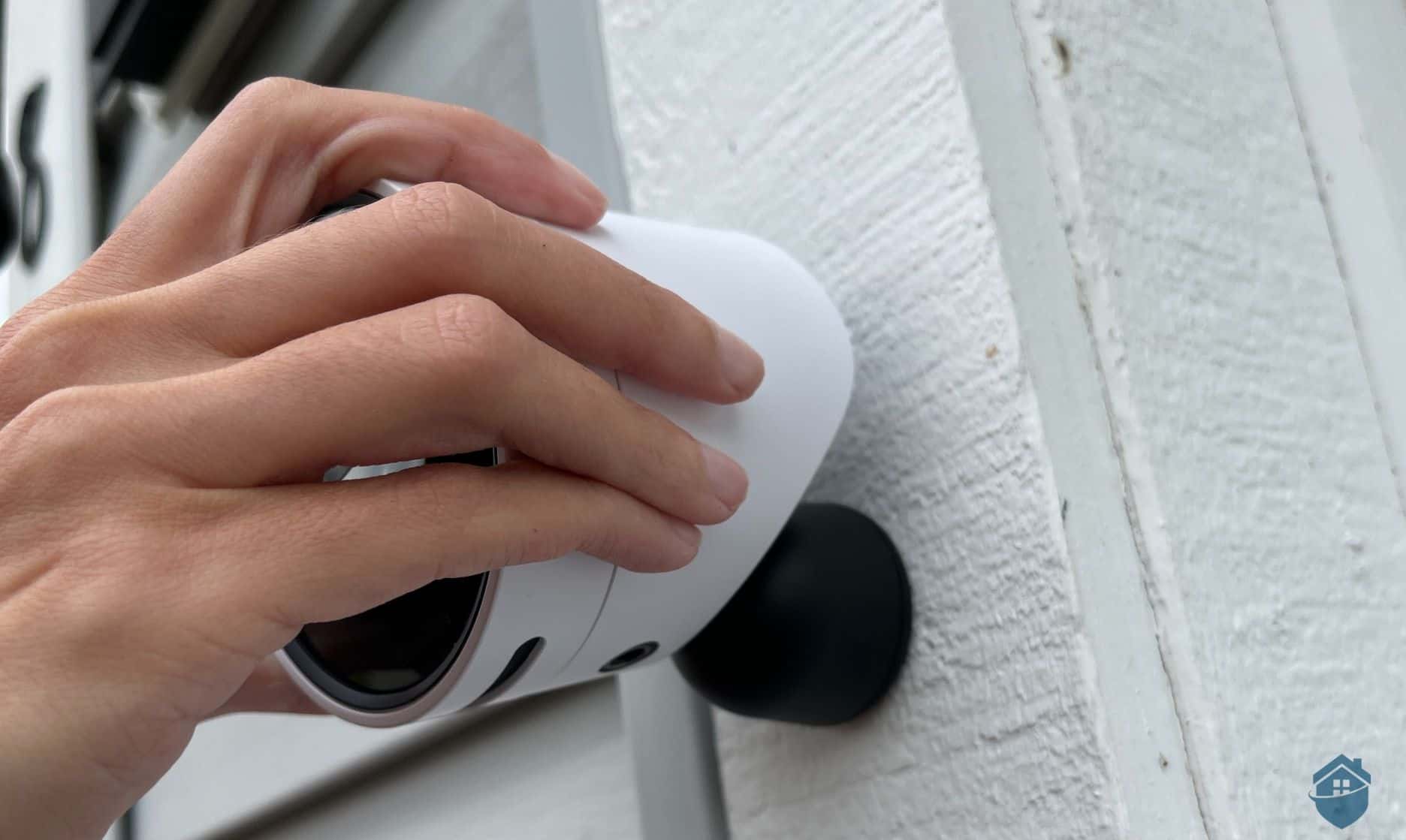
Installing SimpliSafe Outdoor Camera to Wall
Now that we’ve discussed what makes up a security system and some of the determinations you’ll have to make in deciding which provider and equipment is right for you, let’s talk about the all-important factor: cost.
Pro Tip: Some companies don’t charge for installation or activation. If that sounds appealing to you, then check out our Cove Alarm review.
You can spend as much or as little as you want on your home security system. It all just depends on your wants and needs. We understand you want an answer, though, and that’s what we’re going to give you.
At the end of the day, it’s very likely that you can build out a reasonable security system for under $300. If you’re looking to beef it up with advanced equipment like you get with ADT or Vivint, then you can expect to pay between $500 and $1,000. If you want to add professional monitoring, then you may be looking at between $20 and $50 per month. If you need installation, then you may have to shell out another $200 to $500.
These are rough estimates based on our experience reviewing all sorts of security systems and equipment. Your mileage will certainly vary based on your desires and decisions. We encourage you to assess your needs and research which system would best address them.
A great starting point is our roundup of the best home security systems of 2025, but most of these are complete kits with professional monitoring. If you’re looking to create your own unique system, then you’ll have some decisions to make.
Final Thoughts on the Cost of Home Security Systems
You want to spend your money wisely, so you may be wondering whether a home security system is actually worth it. We emphatically say they are worth it, even if it’s just for the peace of mind of knowing your home and family are protected.
When you consider how effectively you can stretch your home security dollar, adding a basic security system to any home is relatively pain-free. You can purchase a fully functional system for around $200 to $300. That’s not much when you consider what’s on the line if you ever experience a home burglary, home invasion, or even package theft.
Home Security Price FAQs
- How much is a home security system?
Self-monitored systems can be extremely affordable ($200 to $300), while more advanced systems with high-tech equipment can run into the thousands of dollars.
- Is a home security system worth it?
No security system is perfect, but the main goal is not to be low-hanging fruit. If that big “protected by” alarm sign in your front yard deters an intruder, then we’d say that’s definitely worth it.
- What does a home security system need?
There are tons of security gadgets on the market, but most home security systems will be made up of entryway sensors, motion sensors, floodlights, and alarms.
- Is professional monitoring worth it?
Some folks like the peace of mind professional monitoring offers. If there’s an emergency, you won’t have to think to summon the authorities yourself — and if you’re incapacitated, help should be on the way regardless.
- Are home security systems expensive?
You can certainly spend a lot of money on a home security system, the technologies that make up these systems have become increasingly affordable. It’s not unreasonable to pay $200 or so for a fairly protective system.

